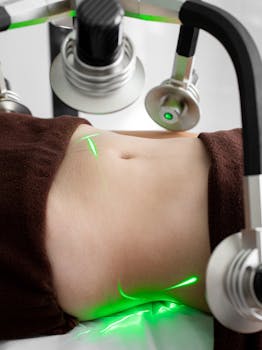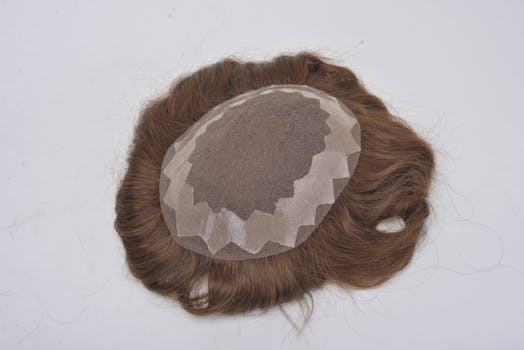Many people consider fat removal and skin tightening when addressing stubborn pockets of fat and lax skin that don’t respond to diet or exercise. These combined goals can be achieved with a spectrum of options—from minimally invasive energy-based treatments to surgical procedures—each chosen based on body area, degree of laxity, and recovery time. This guide explains what’s involved, who benefits most, and how to weigh the trade-offs so you can make an informed decision about improving your stomach contour or other problem areas.
Fat removal with tightening: commonly used approaches
Treatments aimed at reducing fat while improving skin firmness fall into three broad categories: noninvasive, minimally invasive, and surgical. Noninvasive methods (cooling, radiofrequency, ultrasound) target fat cells or stimulate collagen without incisions. Minimally invasive options combine lipolysis with some internal skin heating to encourage contraction. Surgical procedures like liposuction paired with skin excision remain the most reliable for large-volume removal and substantial tightening.
Typical procedures and how they work
- Cryolipolysis (fat freezing) — controlled cooling destroys fat cells over weeks to months.
- Radiofrequency and ultrasound devices — heat deep tissue to shrink fat and stimulate collagen production.
- Liposuction with energy-assisted modalities — physically removes fat and may also induce tightening.
- Tummy tuck (abdominoplasty) — removes excess skin and tightens underlying muscles for a pronounced stomach contour improvement.
Who is a good candidate?
Ideal candidates are near their goal weight with localized fat deposits, good overall health, and realistic expectations about outcomes. If skin laxity is mild to moderate, many energy-based treatments can provide noticeable improvement. For significant sagging—especially after major weight loss or pregnancy—surgical options that remove excess skin are often necessary. Ask yourself: does body sculpting tighten loose skin enough for my goals? In many cases it helps, but degree of improvement varies and sometimes surgery is the only route to achieve dramatic tightening.
Specific considerations for the stomach contour
The stomach contour is among the most common concerns. Small pockets of fat around the waist often respond well to noninvasive or minimally invasive fat reduction with adjunctive tightening technologies. However, persistent stretch marks, diastasis recti, or large excess folds of skin usually require a surgical approach to achieve a flat, smooth abdomen.
Recovery, risks, and expected results
Recovery ranges from a few days (noninvasive) to several weeks or months (surgery). Temporary swelling, bruising, and numbness are common. Some tightening methods yield gradual improvement over 3–6 months as collagen remodels, while surgical results are immediate once swelling subsides. Discuss scarring, the potential need for touch-ups, and long-term maintenance—weight stability and skin care are important to preserve results.
For evidence on the health implications of body weight and context for when medical or surgical interventions may be appropriate, refer to authoritative resources such as the World Health Organization’s overview of obesity and overweight: WHO fact sheet on obesity and overweight.
How to choose a provider
Seek a board-certified plastic surgeon or a qualified clinician experienced in the specific technology you’re considering. Ask to see before-and-after photos for the exact area you want treated, inquire about complication rates, and confirm length of follow-up care. If you prefer noninvasive options, choose clinics that offer objective outcomes data and clear protocols for combination approaches.
To learn about the latest devices and at-home tools that may complement in-office treatments, check out resources about skincare technology and innovations: latest breakthroughs in skincare technology for your routine.
Quick pros and cons
- Noninvasive: low downtime, progressive results, best for small reductions.
- Minimally invasive: moderate downtime, improved tightening potential, suitable for moderate concerns.
- Surgical: predictable and substantial fat removal and skin excision, longer recovery and scarring.
Brief FAQ
Q: Will non-surgical fat removal tighten loose skin?
A: Non-surgical methods can produce modest skin tightening by stimulating collagen, but results vary. Severe sagging usually requires surgical correction.
Q: How long until I see final results?
A: Noninvasive treatments may take 2–4 months for visible change, with continued improvement up to 6 months. Surgical outcomes are visible sooner after swelling resolves, typically within a few months.
Q: Can these treatments improve my stomach contour permanently?
A: Fat cell reduction procedures provide long-lasting results if you maintain weight. For sustained stomach contour improvement, combine procedures with lifestyle measures and choose the treatment that matches your level of excess fat and skin laxity.






